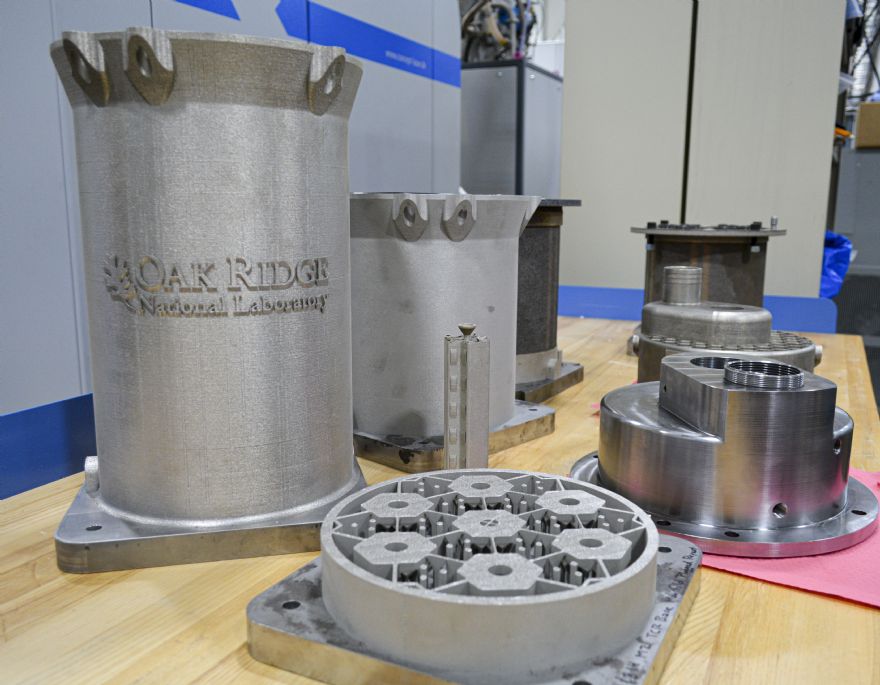
Under the Transformational Challenge Reactor (TCR) demonstration programme, researchers at the US Department of Energy’s Oak Ridge National Laboratory (ORNL) in Tennessee are refining their design of a 3-D printed nuclear-reactor core, scaling up the additive-manufacturing process necessary to build it and developing methods to confirm the consistency and reliability of its printed components.
ORNL director Thomas Zacharia said: “The nuclear industry is still constrained in thinking about the way we design, build and deploy nuclear-energy technology. The DOE launched this programme to seek a new approach to rapidly and economically develop transformational energy solutions that deliver reliable clean energy.”
He went on to say that reactor development and deployment have traditionally relied on materials, fuels and technology pioneered in the 1950s and ’60s, while high costs and decades-long construction times have limited the USA to building only one new nuclear-power plant in the last 20 years.
“TCR will introduce new advanced materials and use integrated sensors and controls, providing a highly optimised and efficient system that reduces cost, relying on scientific advances with the potential to shape a new path in reactor design, manufacturing, licensing and operation.
“The TCR programme has completed several ‘foundational experiments’, including the selection of a core design and a three-month ‘sprint’ that demonstrated the agility of the additive-manufacturing technology to quickly produce a prototype reactor core.”
Researchers will now focus on refining the selected design and the processes that will ensure an optimal and reliable energy system. Monitoring technologies continually assess the manufacturing process, providing live data streams that enable real-time qualification of the printed material and performance analysis through artificial intelligence.
The team is also conducting extensive post-build testing to assess component performance and establish links between the behaviour of each unique part and its live manufacturing data.
Mr Zacharia said: “The TCR programme will provide a new model for the accelerated deployment of advanced nuclear-energy systems. If cost and construction times are not addressed in the very near future, the USA will eventually lose its single largest source of emissions-free power.”